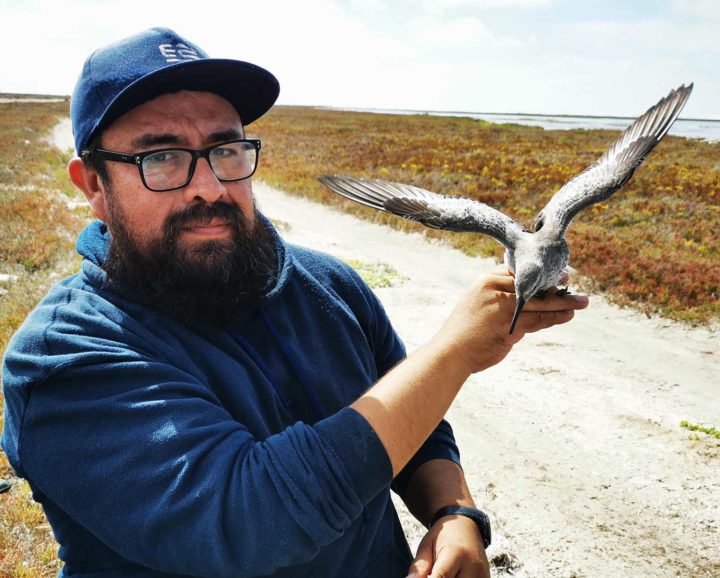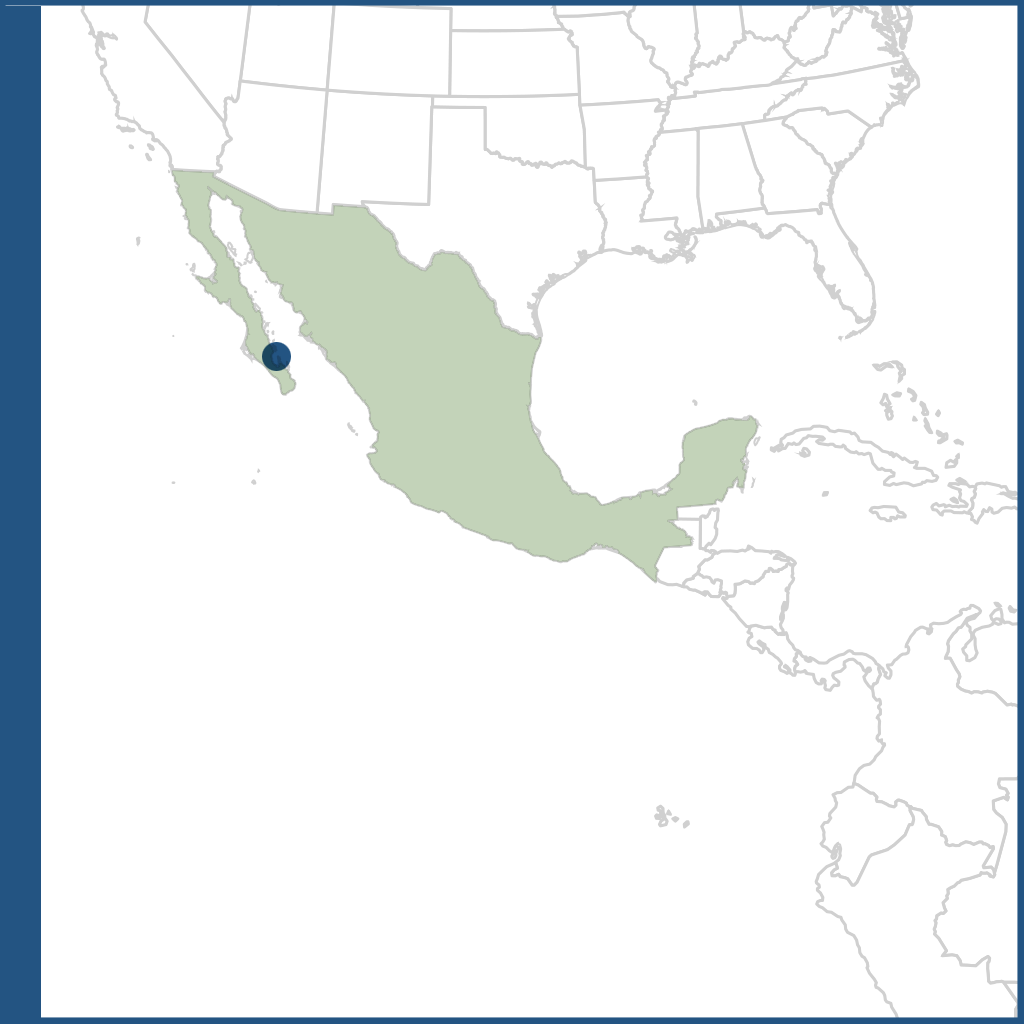Victor Ayala

Conservation strategies and management of two complementary habitats in la Ensenada de La Paz
Project Site: Ensenada de la Paz, Baja California Sur, Mexico
Sector: Academia
Disciplines: Shorebird Ecology, Public Policy, Landscape Design, Environmental Engineering
Collaborators: Universidad Autónoma de Baja California Sur; Pronatura Noroeste; Municipal Water Agency of La Paz; La Paz Municipality; CIPACTLI-Agencia de Restauración Forestal y Vida Silvestre
Victor Ayala is a Marine Biologist from the Autonomous University of Baja California Sur (UABCS), Mexico. He obtained his MSc in Marine Resource Management from the Interdisciplinary Marine Science Center of the National Polytechnic Institute of Mexico (IPN) and is currently a Ph.D. candidate at UABCS. He is a research associate and an active collaborator of the Bird Lab of the same university. He is also part of the Pronatura Noroeste team, collaborating as a scientific advisor on different bird conservation projects.
He focuses his research on migratory waterbirds on the coastal wetlands of Baja California Sur, mainly in Ensenada de La Paz and in the Guerrero Negro wetland complex, also implementing outreach activities on the importance of shorebird conservation and their habitats in protected areas and priority wetlands. Additionally, he has been part of the team dedicated to designing the Action Plan for waterbird conservation in northwestern Mexico, including the efforts to add different species of shorebirds to the list of protected species in Mexico. He has also collaborated in the designation or recategorization of different sites of the Western Hemisphere Shorebird Reserve Network in northwestern Mexico.

The Ensenada de La Paz host natural wetlands and artificial lagoons that make up a mosaic of suitable habitats for shorebirds. At least five species of shorebirds have abundances of more than 1% of their respective biogeographic populations in this area. These sites are used by bird species for feeding, resting and breeding, primarily in the intertidal mudflats, on sandy beaches and mangroves. Adjacent to these natural habitats there are 5 artificial lagoons that are maintained with treated effluent from the city. The Ensenada de la Paz has been declared both as an Important Bird Area (IBA) by BirdLife International and a Ramsar Site of Global Importance due to the large number of individuals and species it supports.
Unfortunately, the urban sprawl of the city of La Paz has caused the modification, reduction, and degradation of portions of the intertidal zone. This is the area that is mostly used by shorebirds, and decreases in avian populations have been associated with habitat degradation. In this sense, the services that the artificial lagoons offer as a complementary site for shorebirds and other species, becomes more relevant; however, their protection is not officially guaranteed.
The main objective of his fellowship project is to protect this mosaic of natural and artificial habitats through legal protection actions at the municipal, national and international levels, working with communities, stakeholders, and government agencies. The project will also establish the land and water protection mechanisms to maintain the bird habitats at the artificial lagoons and will develop the management actions to enhance the habitat value of the system, such as controlling water levels and creating islands that function as roosting or breeding areas. Through the work with our partners, we will generate a landscape design to optimize the recreational opportunities at the lagoons, including a trail system and bird observation decks to promote ecotourism, environmental education and research activities.

The mentor for this project is Roberto Carmona, Ph.D., an associate professor and director of the Bird Lab at UABCS. For over thirty years, he has designed, directed, and implemented numerous projects on shorebird research, exploration, monitoring, education, and conservation in northwestern Mexico. He has promoted the designation or recategorization of different sites of the Western Hemisphere Shorebird Reserve Network in northwestern Mexico and received the Lew Oring Award for his lifetime achievement in shorebird research.
The cross-sectoral collaborator is Abigail Solano, a senior engineer at the Municipal Water Agency of La Paz (OOMSAPA), in charge of the operation and maintenance of the wastewater treatment plant and the artificial lagoons. Other partner institutions include Pronatura Noroeste, the Environmental Office of the Municipality of La Paz, and CIPACTLI-Agencia de Restauración Forestal y Vida Silvestre.

The Coastal Solutions Fellows Program builds and supports an international community to design and implement solutions that address coastal challenges across the Pacific Americas Flyway. Our main goal is to conserve coastal habitats and shorebird populations by building the knowledge, resources, and skills of Latin American professionals, and by fostering collaborations among multiple disciplines and sectors.
